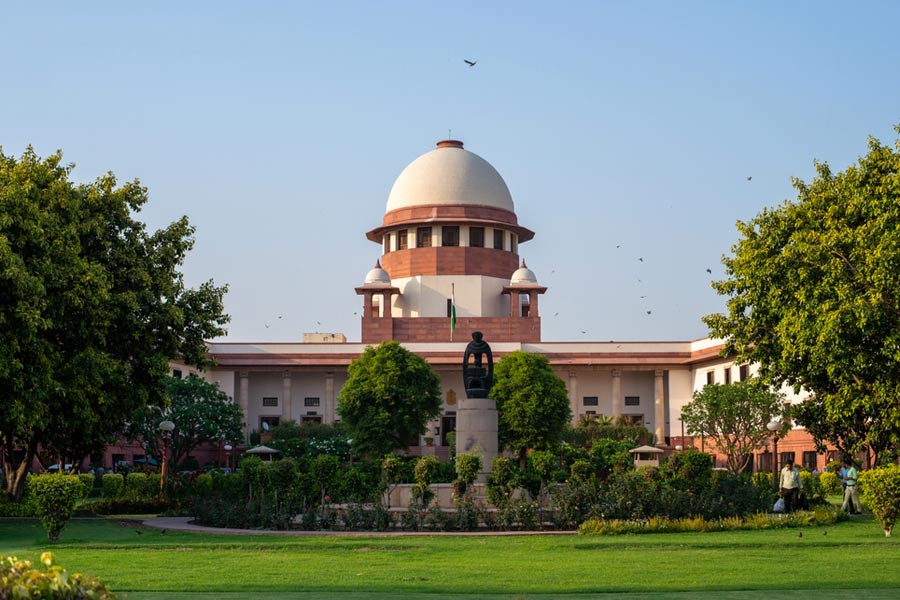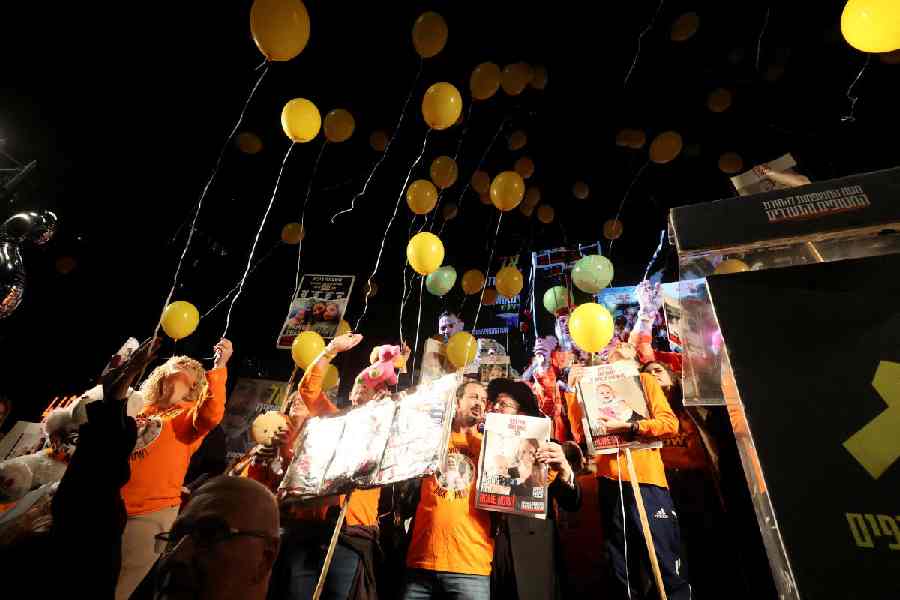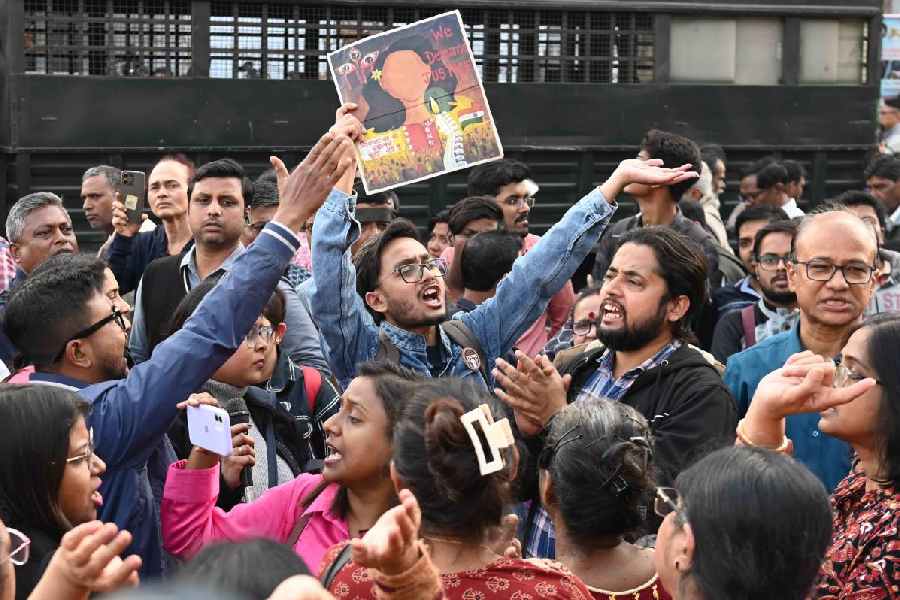The Bihar government has told the Supreme Court that only 14.71 per cent of its total population is educated up to the secondary level and 9.19 per cent up to the higher secondary level, warranting its decision to breach the 50 per cent ceiling for providing quota benefits to SCs, STs and OBCs in the state.
“The Bihar Caste Based Survey reveals the educational backwardness of all categories…. Only 14.71 per cent of the total population is up to secondary education and 9.19 per cent is up to higher secondary education. The category-wise data shows some extra efforts by the state to reduce the educational backwardness in all categories. The urban and rural divide is more serious. About 90.08 per cent of the illiterate population reside in rural areas, while 9.92 per cent are living in urban areas,” the Nitish Kumar government said.
The appeal contended that the caste survey reveals that the backward classes in Bihar are trailing in most socio-economic markers such as landlessness, education, homelessness and income insecurity. Therefore, there was a dire need to provide additional support and representation to these communities, it said.
Pleading for setting aside the high court judgment and restoration of the amended act, Bihar argued that otherwise it would impede the ongoing selection and recruitment process in the state and might create a situation where it does not have the requisite manpower to run the administration.
The state made the plea in a special leave petition challenging the Patna High Court judgment of June 20 setting aside the Bihar Reservation of Vacancies in Posts and Services (for Scheduled Caste, Scheduled Tribes and Other Backward Classes) Amendment Act, 2023, and the Bihar Reservation (in Admission to Educational Institutions) Amendment Act, 2023, as being violative of Articles 14, 15 and 16 of the Constitution of India.
Justifying the amended act, the state submitted that despite decades of affirmative actions and schemes, less than 18 per cent of government employees come from the SC, ST and OBC communities, which constitute around 85 per cent of the population. This shows that the backward communities have still been unable to compete with general category applicants fairly and the existing framework was inadequate. Therefore, the high court’s conclusion is flawed for being reductive and divorced from reality, the government said.
In the appeal filed through advocate Manish Kumar, the state submitted that even the 1992 constitution bench judgment in the Indra Sawhney verdict (anti-Mandal panel case), which had directed a maximum of 50 per cent quota ceiling, prescribes for breach of the upper limit if the states can satisfy the social test as to backwardness of the class.
The government argued: “...The state has complied with the binding decisions of this court and then amended the reservation acts.”











